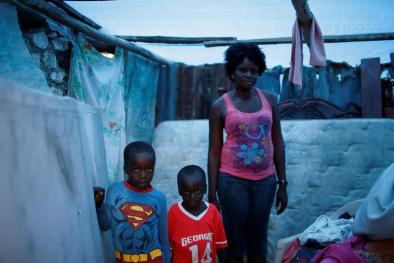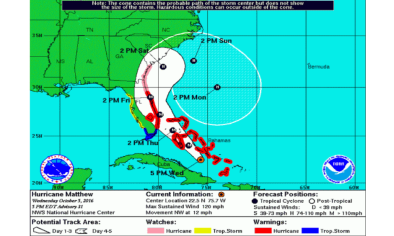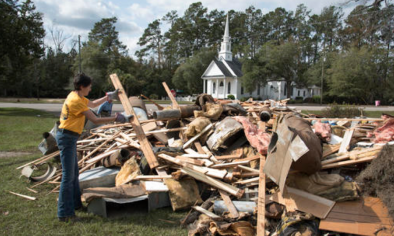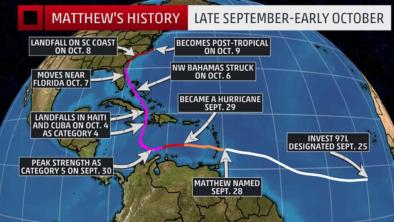A 19th century plague revived in an age of climate change
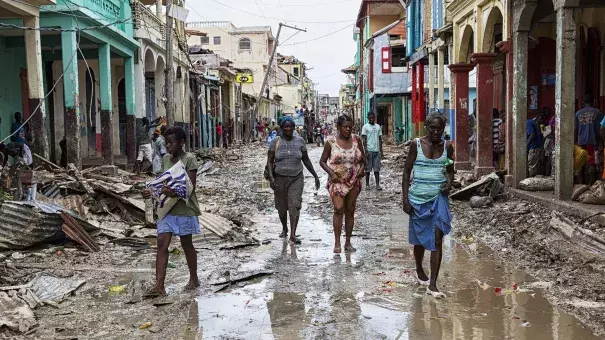
A 19th-century plague has descended on Haiti, sending entire communities fleeing since Hurricane Matthew struck in October. Two hundred years ago this same disease rode into China and Afghanistan along trade routes. It incited riots in Russia. It sailed tore through tenements in Paris, London and New York. In following decades it resurfaced in waves until its apparent retreat.
In Haiti and beyond, cholera is back. Not only is it better adapted to the modern world but its resurgence following the hurricane shows how it may grow stronger as our climate changes.
...
The persistence of the disease in Haiti is a tragedy but it is not random. It is part of a larger global pattern of cholera re-emergence. Hurricane Matthew reveals the impact severe weather can have. More subtle environmental changes may have helped it take hold in Haiti in the first place — and may help other diseases thrive worldwide.
...
Recent outbreaks have tended to follow hot summers, floods or severe weather such as El Niño events, a pattern unaccounted for by the bacterium’s evolution alone. As seas warm and extreme storms become more frequent, cholera may find the world a bit more hospitable.
Some questions about the links between cholera and climate change remain unanswered. These ties are complex, in part because cholera bacteria and the organisms that support them in the water do not always favour identical conditions. We also do not know which countries might, like Haiti, be vulnerable. What is clear is that the ties among water, weather and cholera are powerful, and that climate change may revive diseases assumed conquered.
Cholera is not the only potential infectious consequence of climate change. Although some diseases may have difficulty adapting, many of those that flourish in the warmest parts of the world are likely to spread. Already, mosquitoes appear to be moving into regions once too cold or dry, bringing diseases such as Zika and dengue. Climate change could also affect animal health, potentially making it easier for some wildlife diseases — a vast category including Ebola and the predecessor to HIV — to jump from animals to humans.
Related Content
